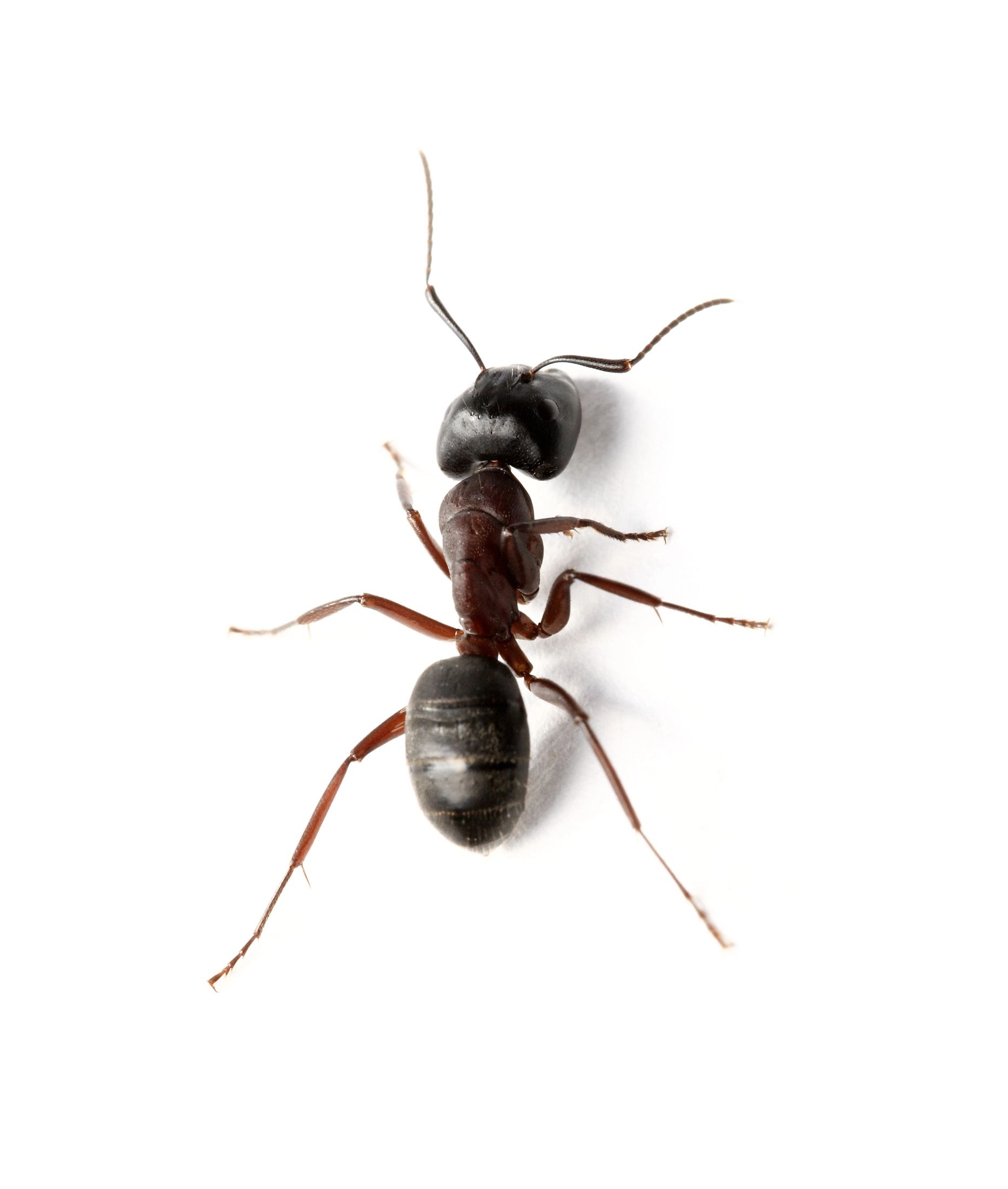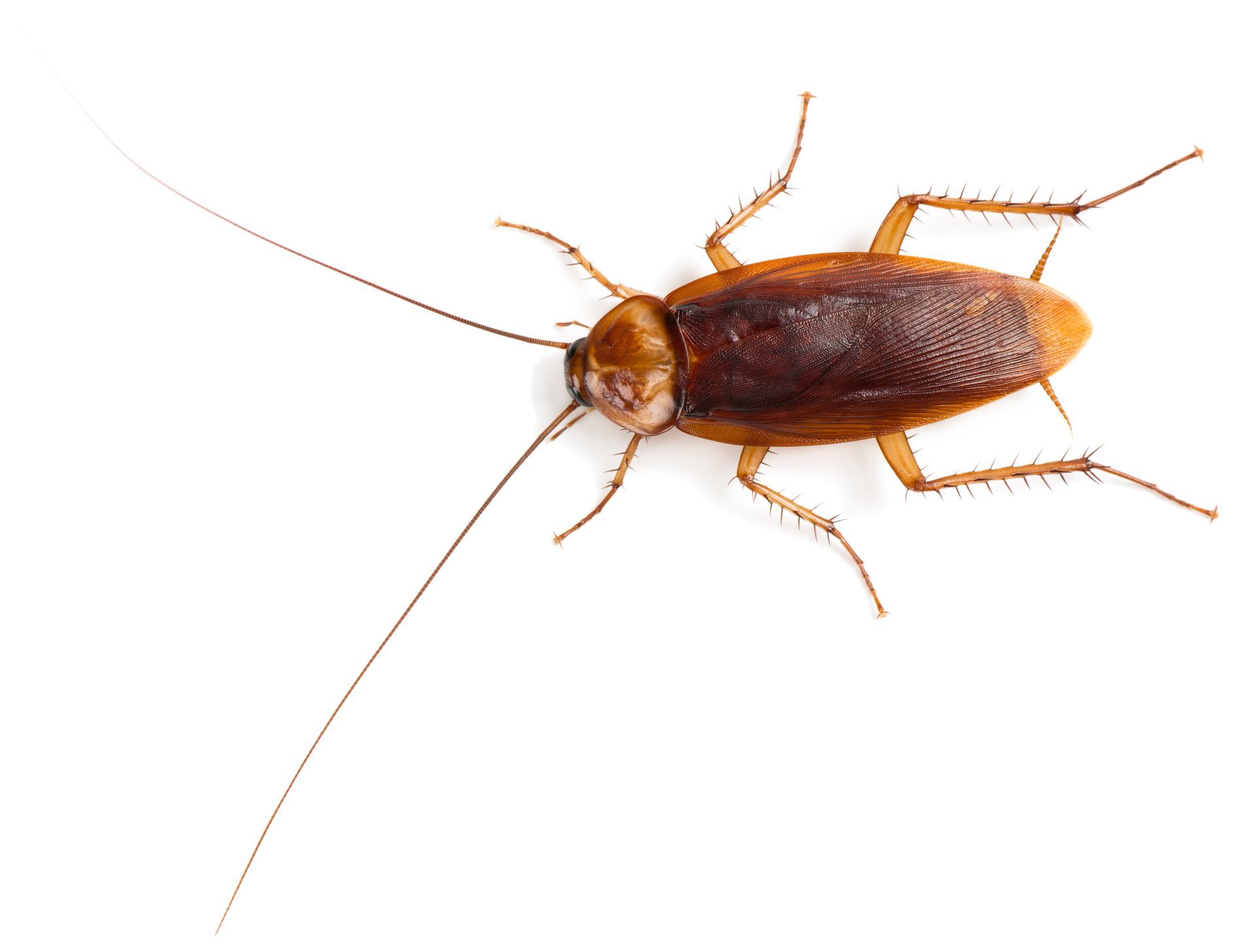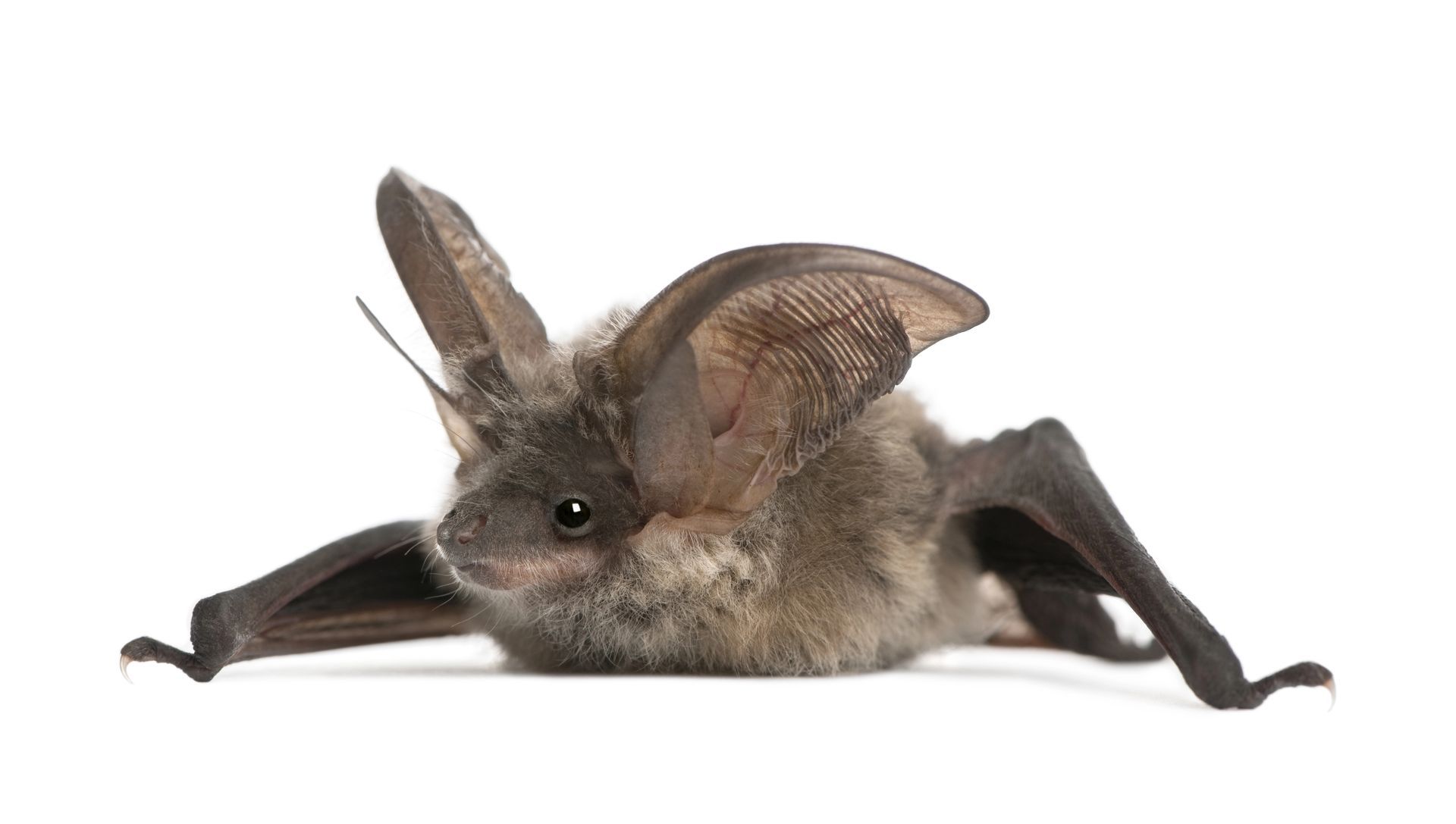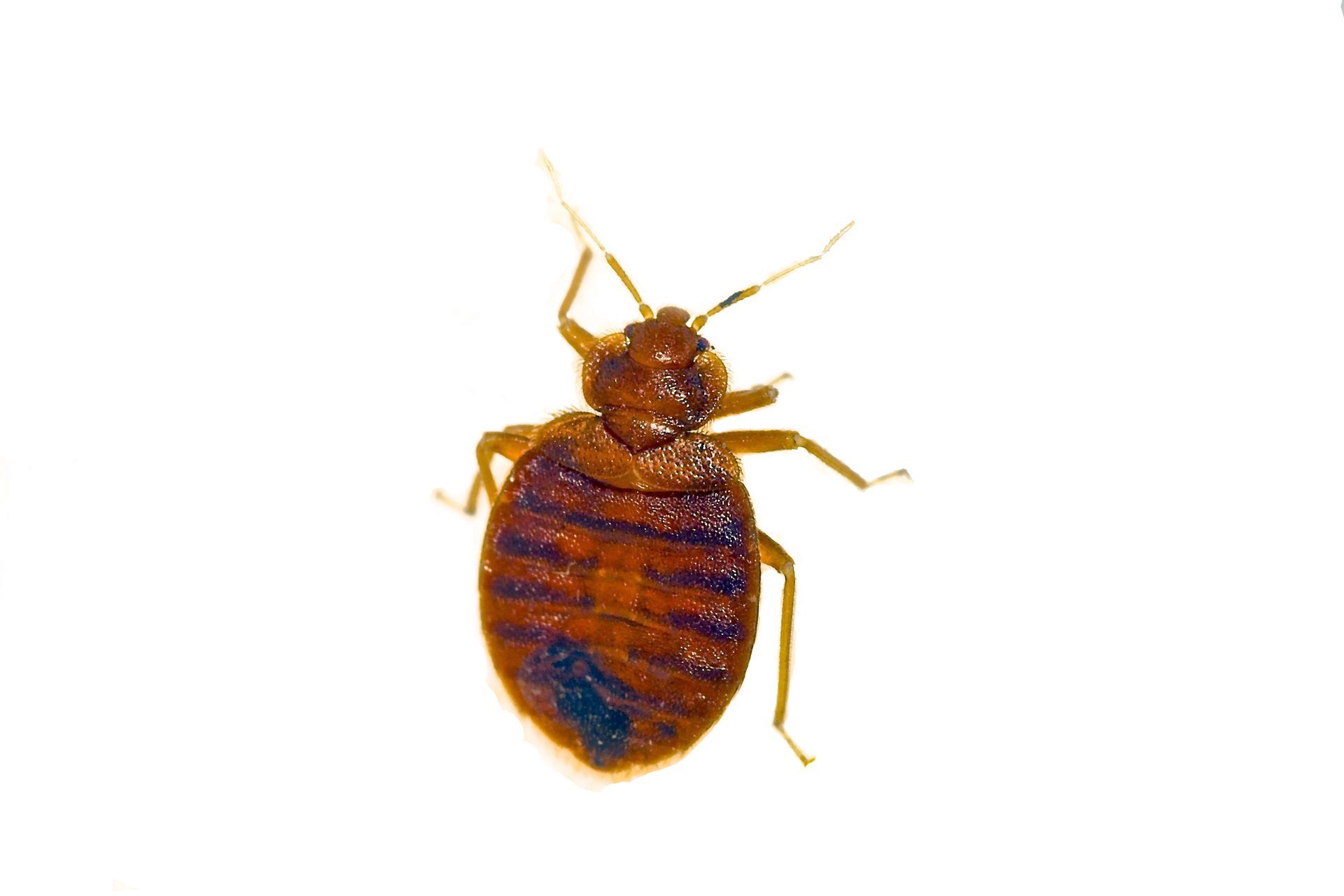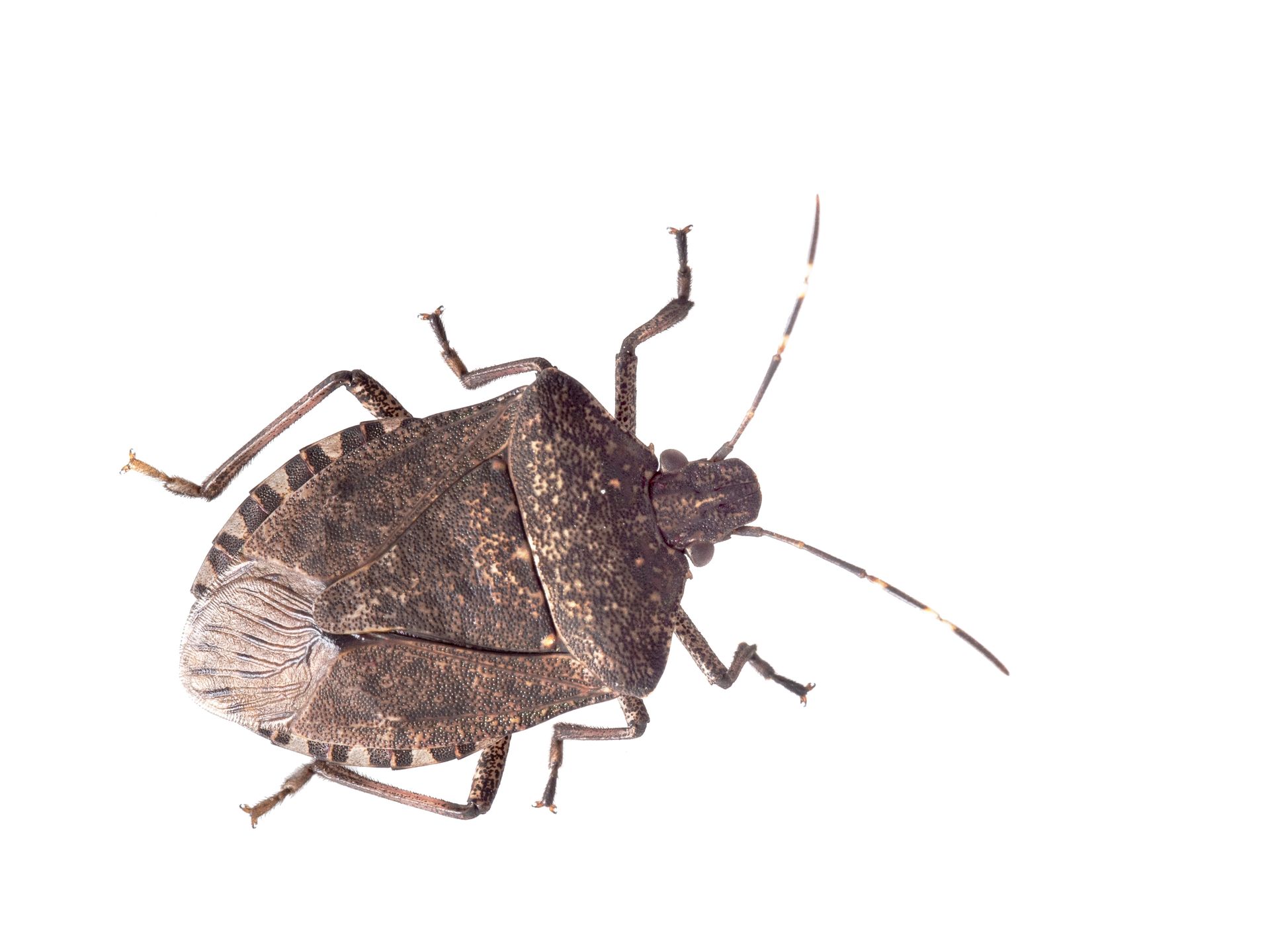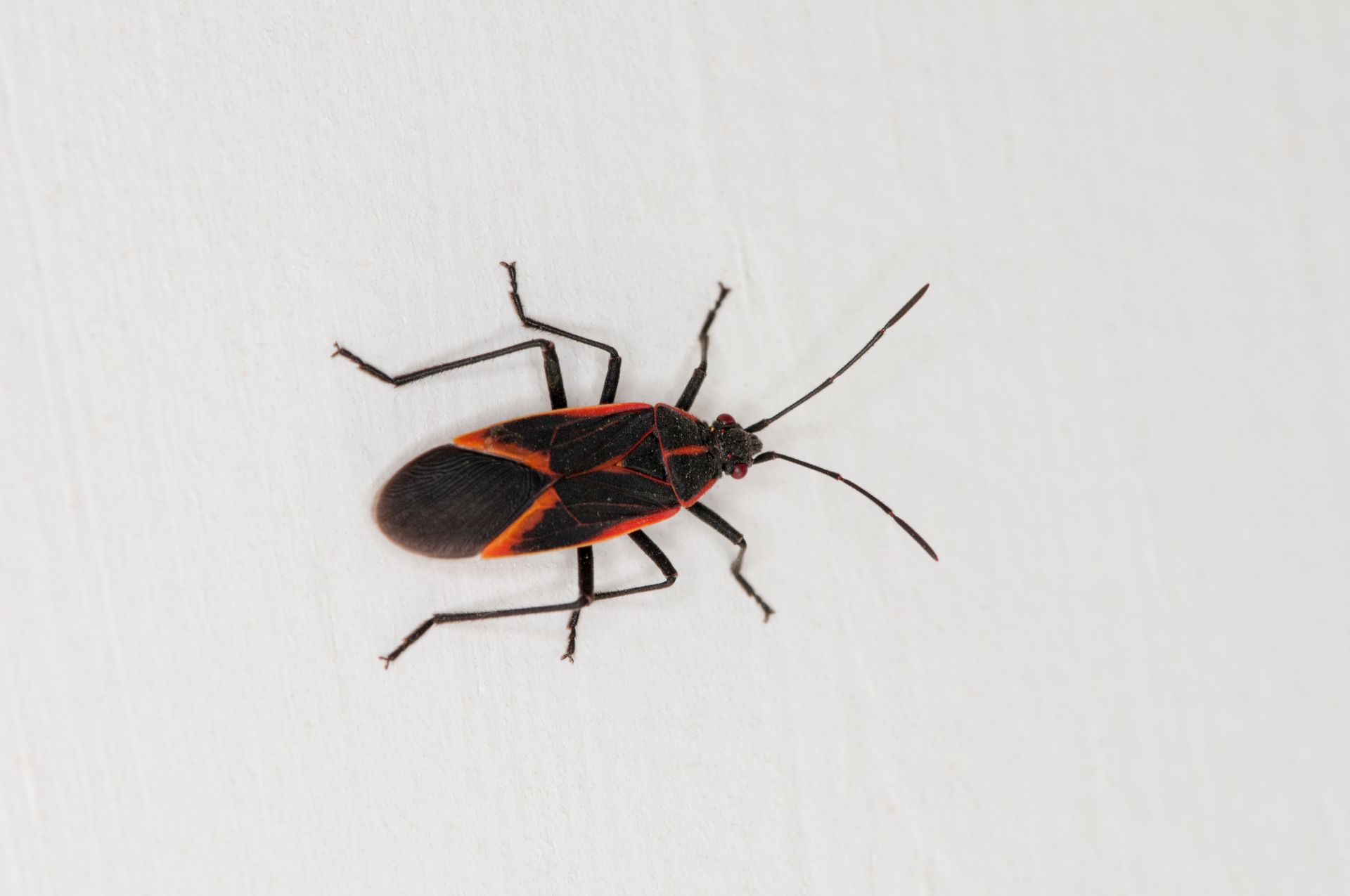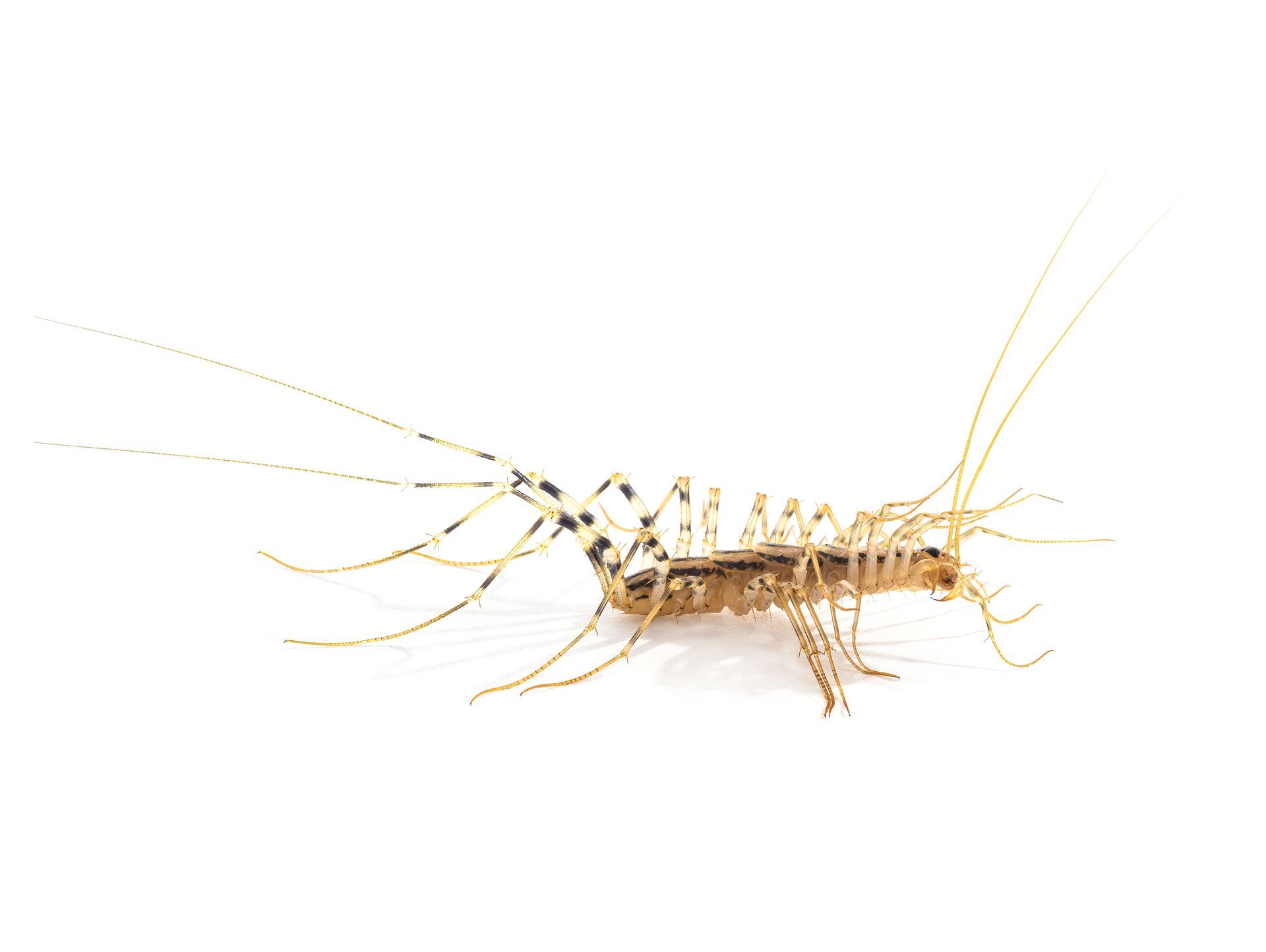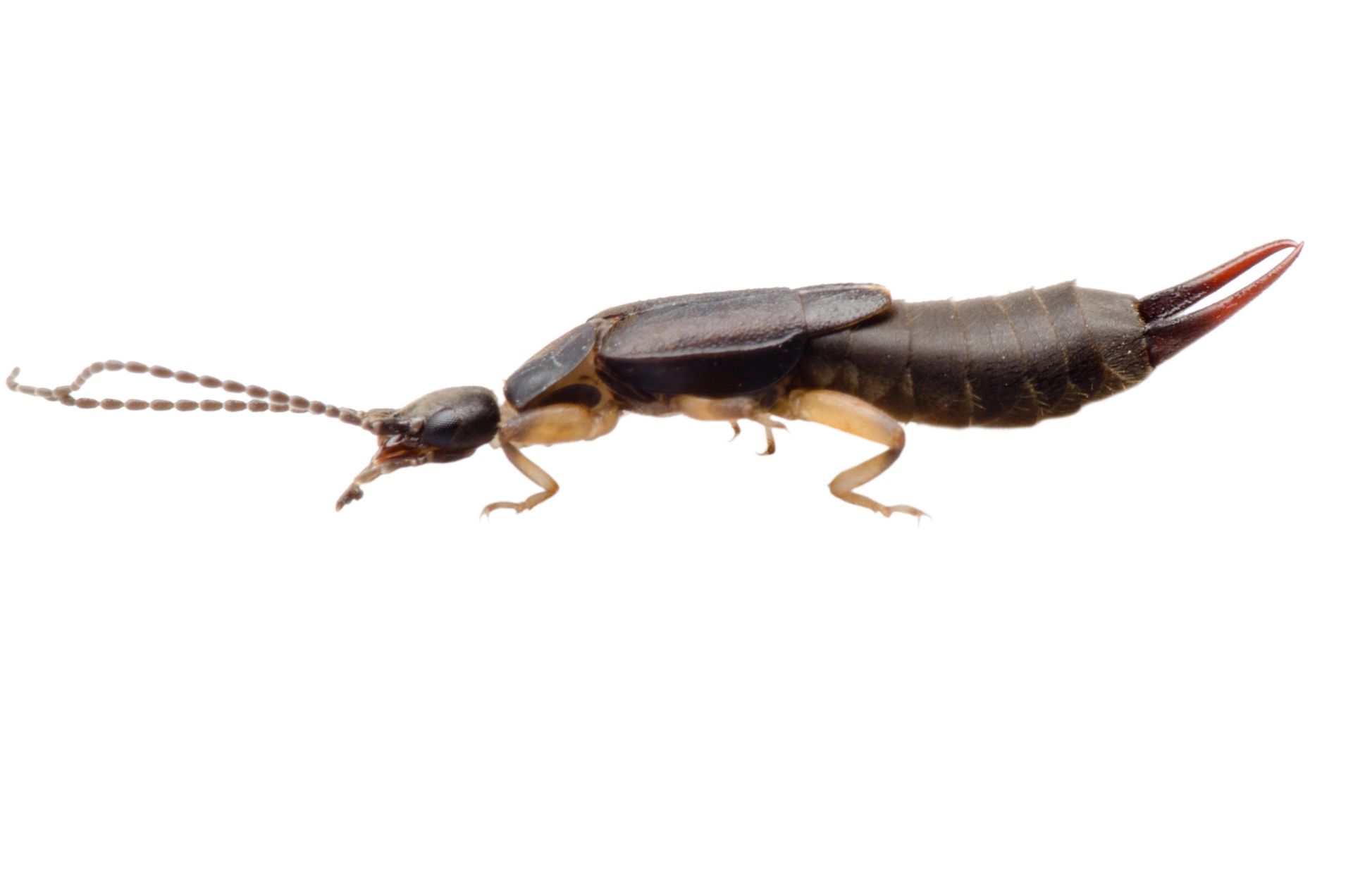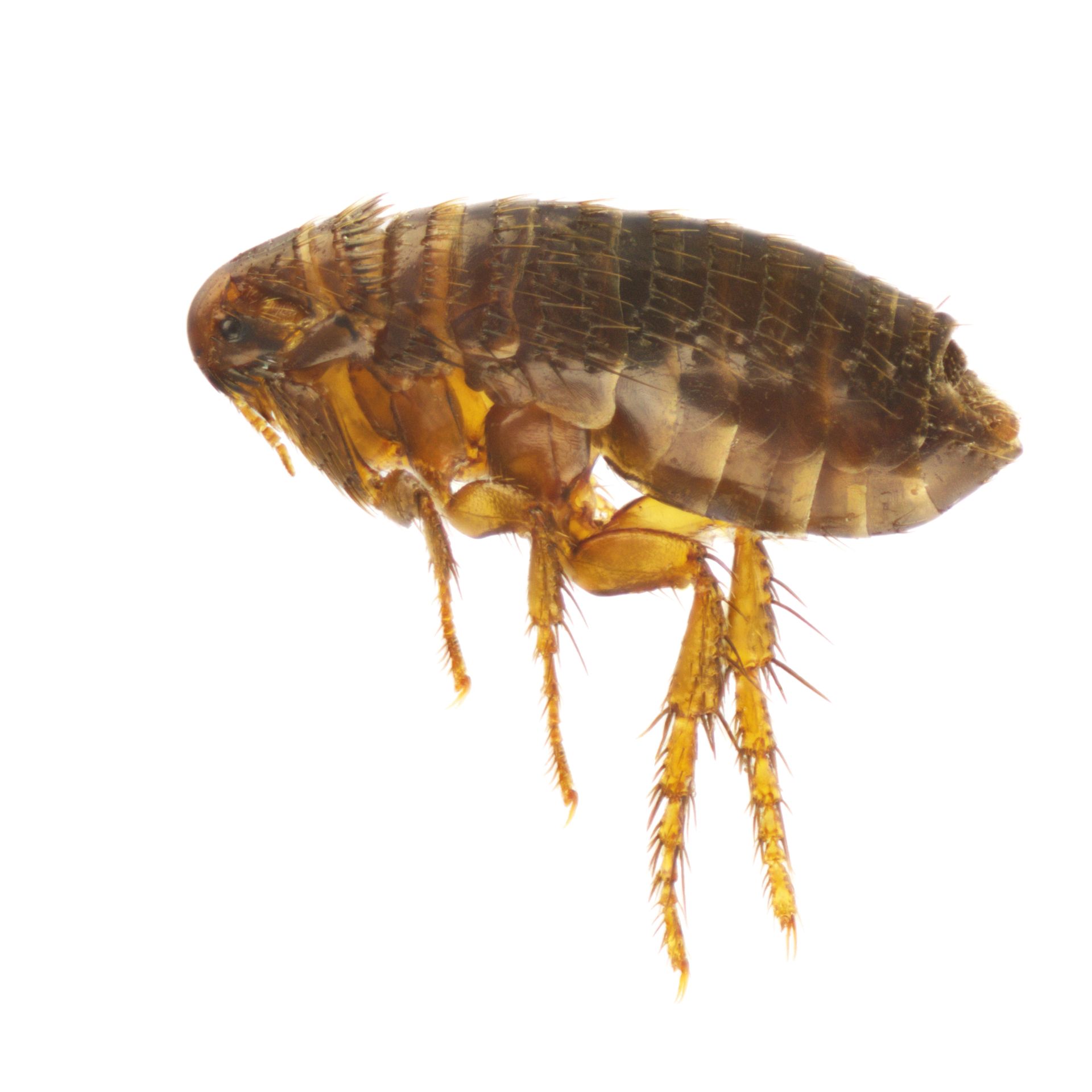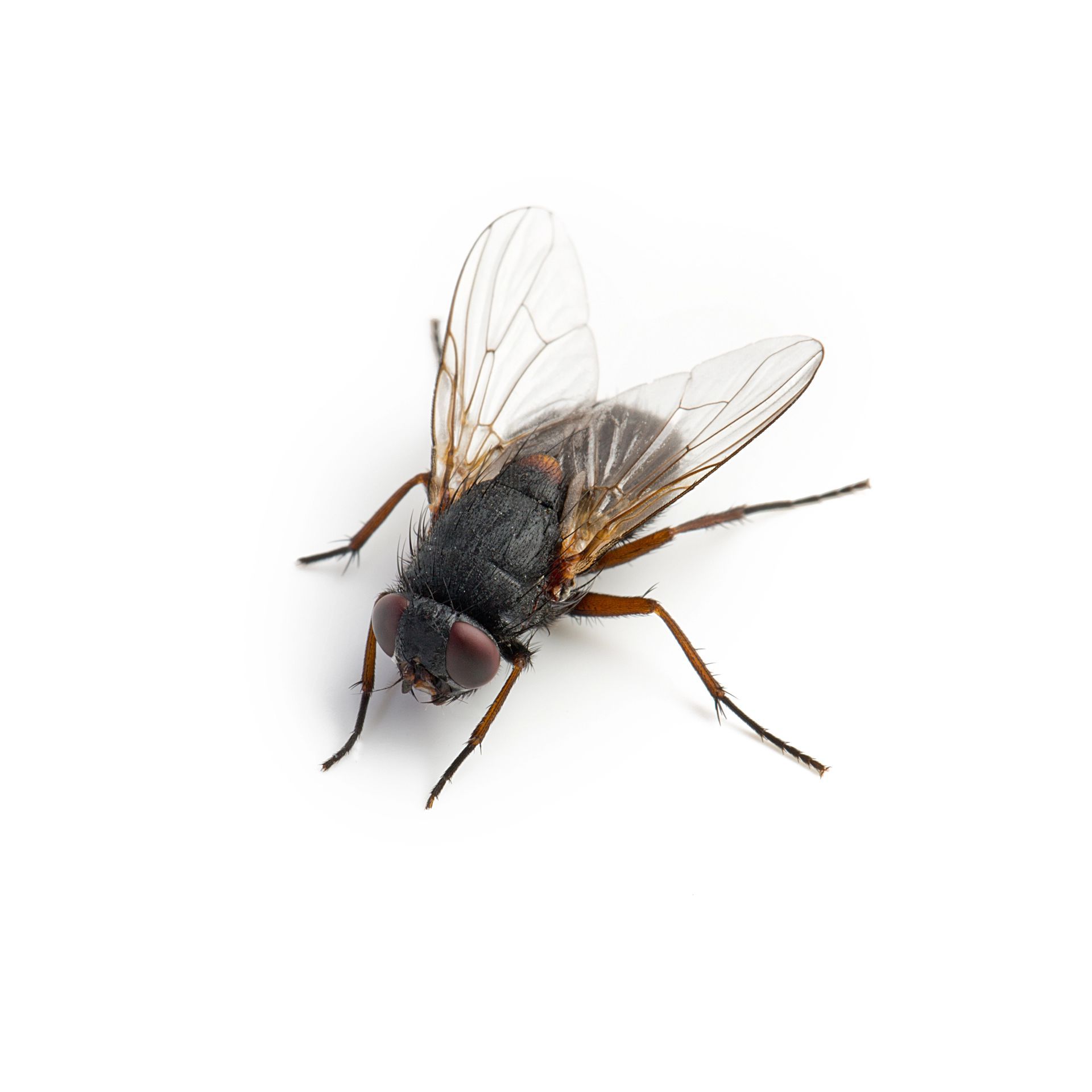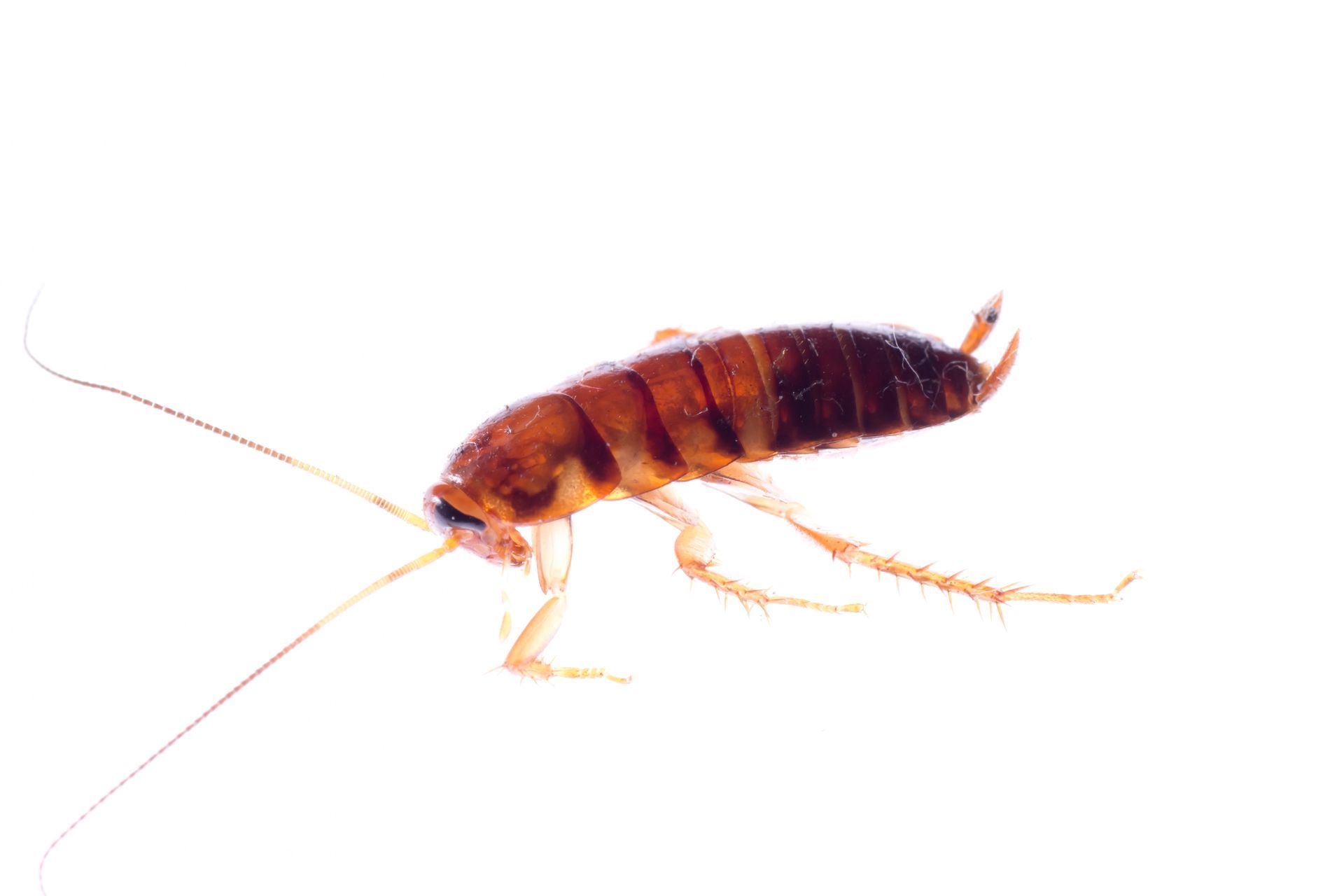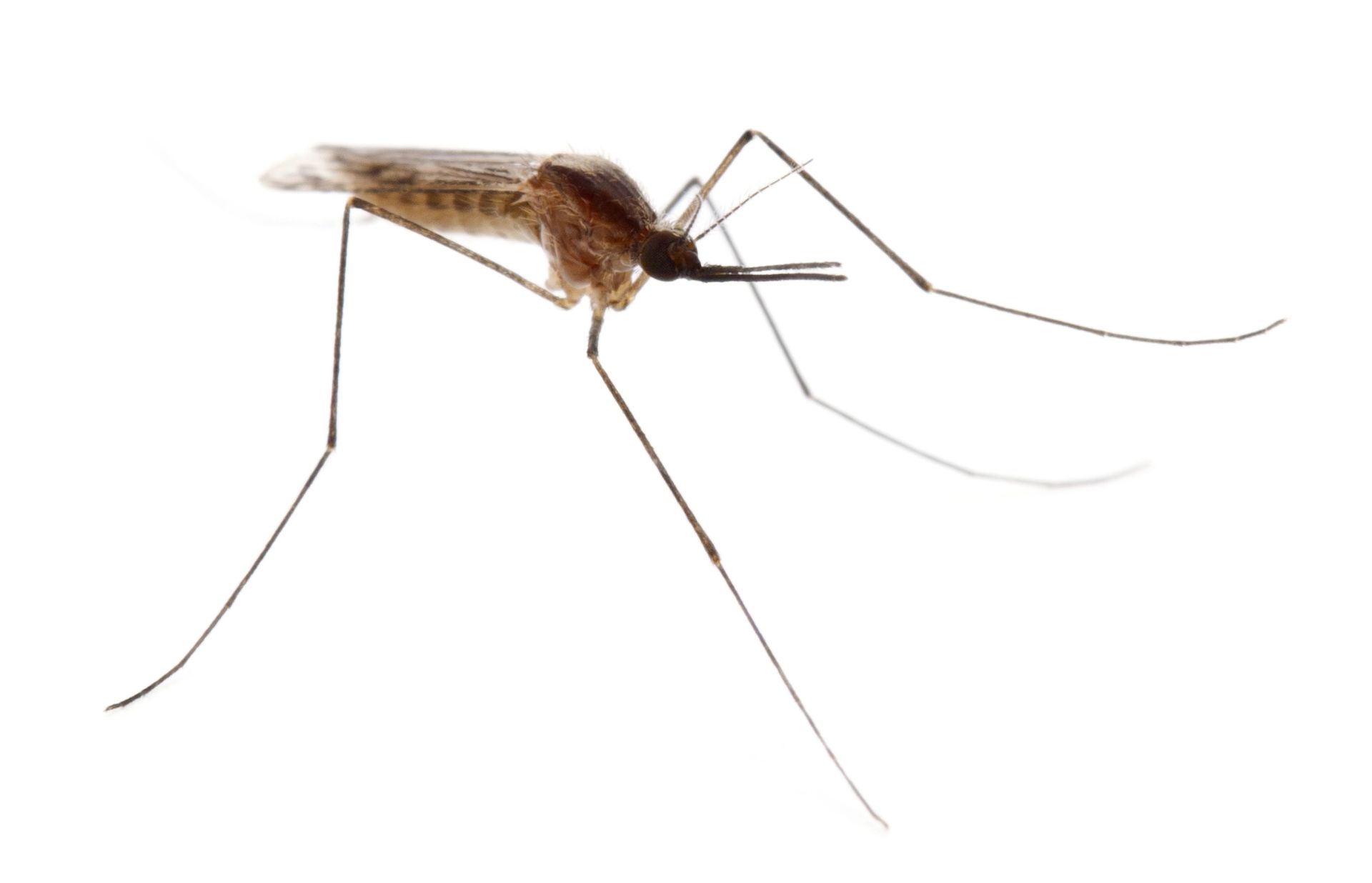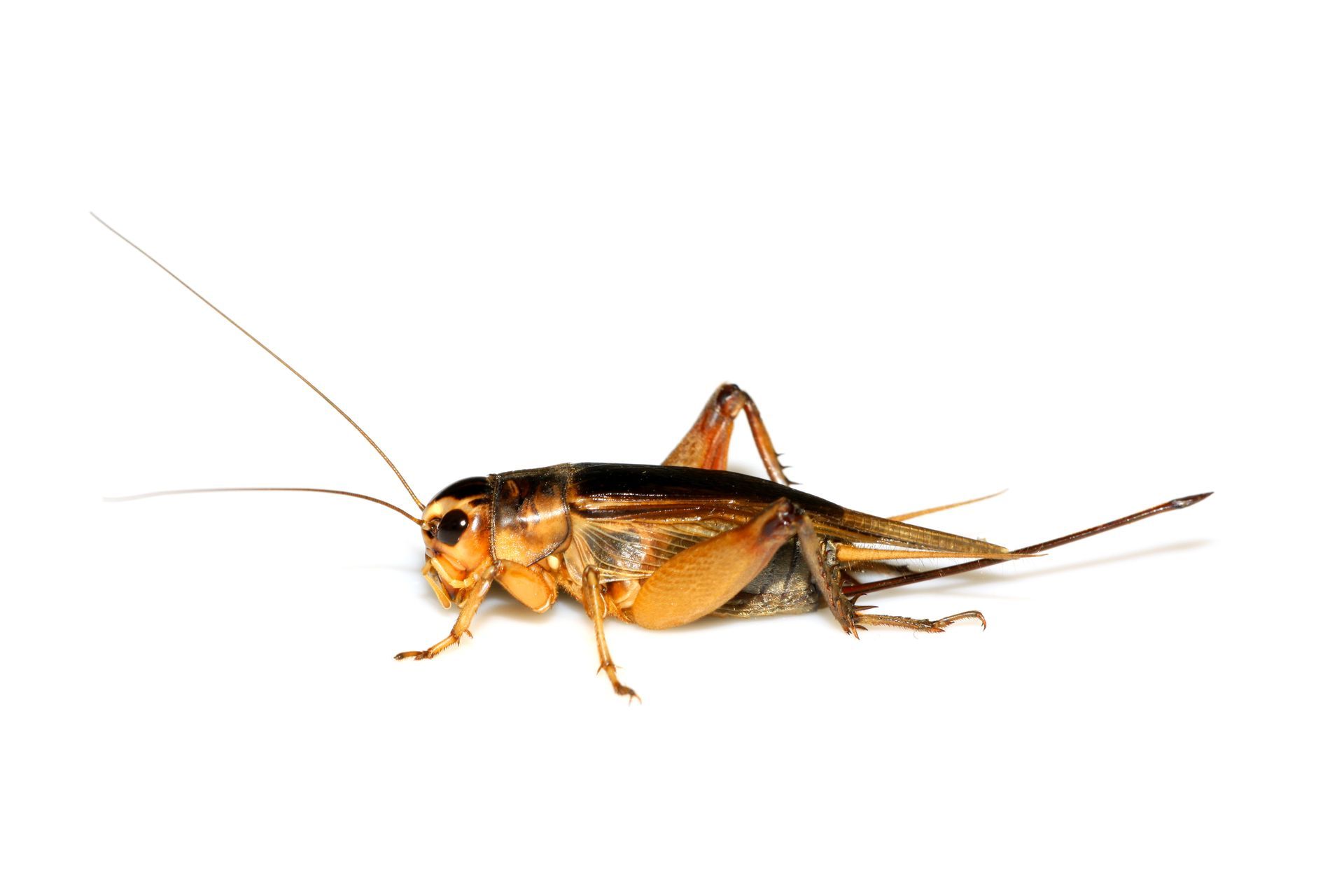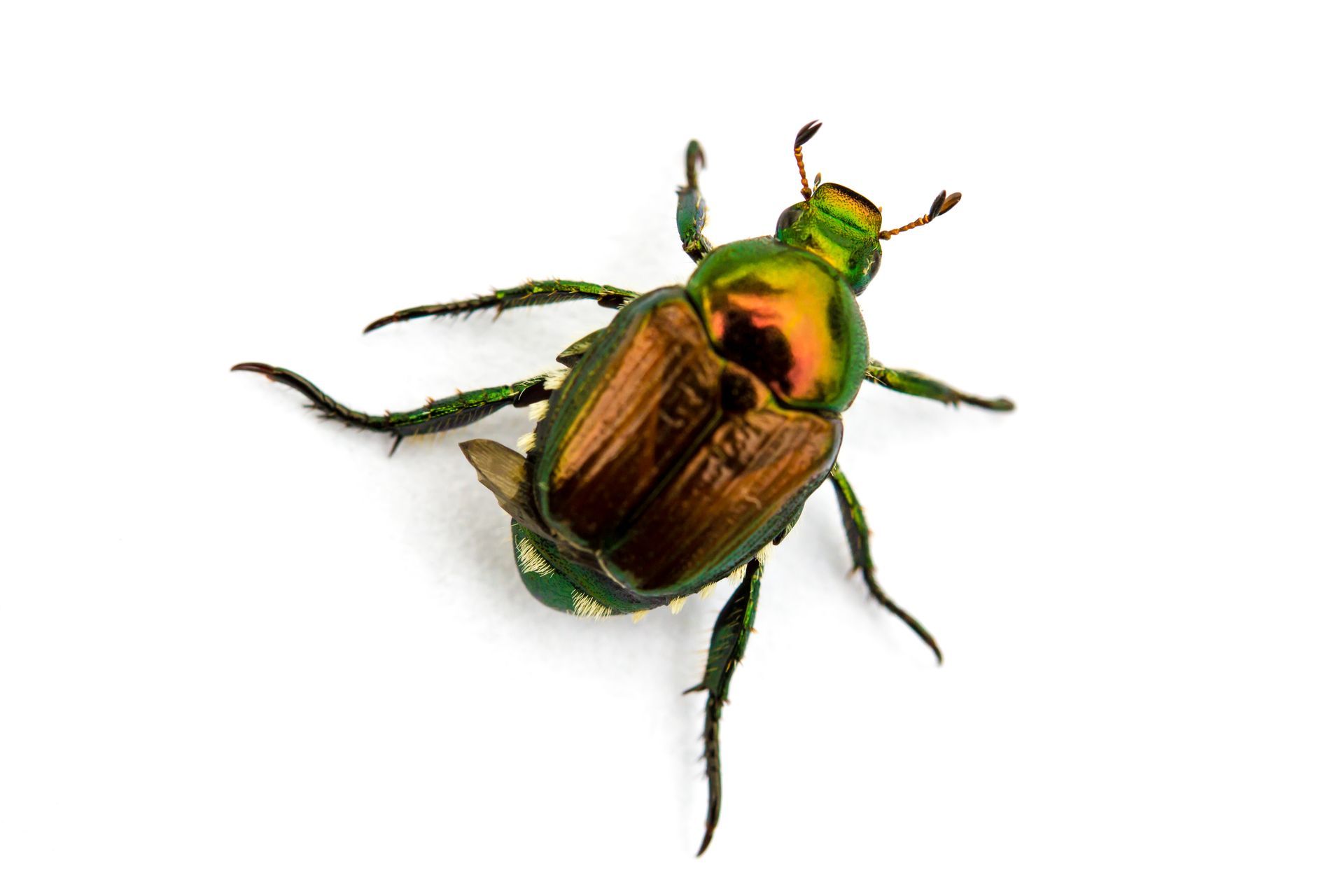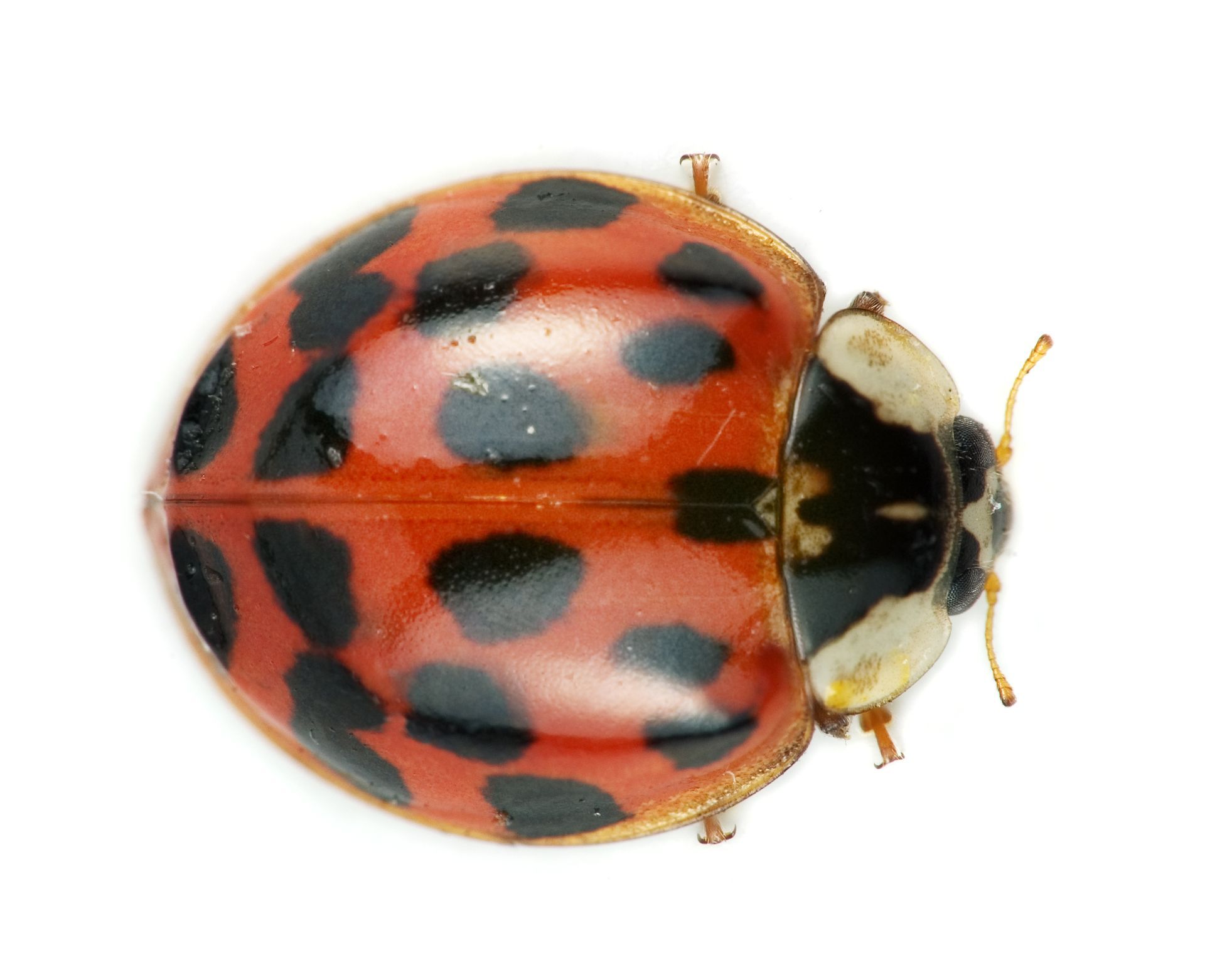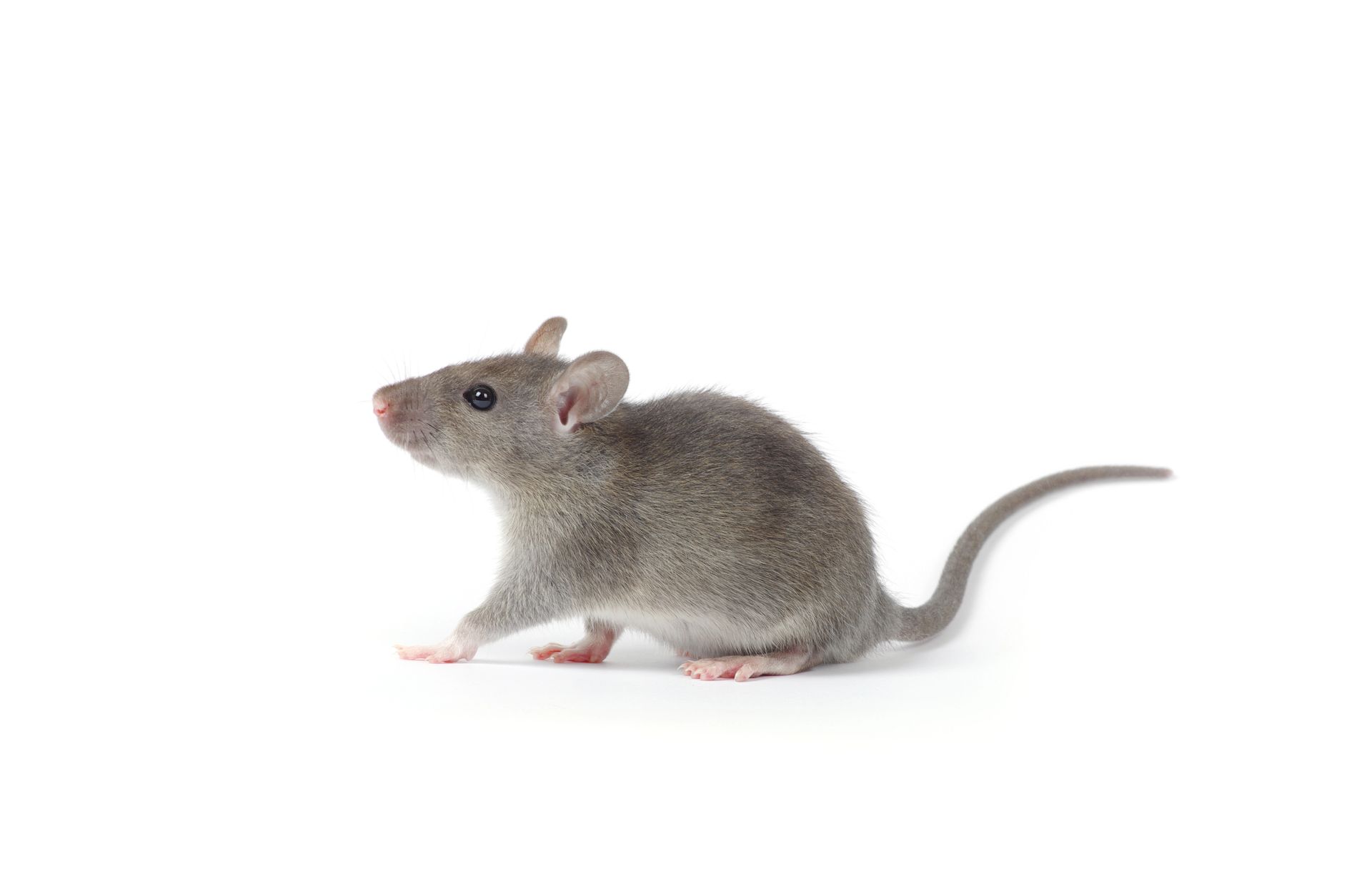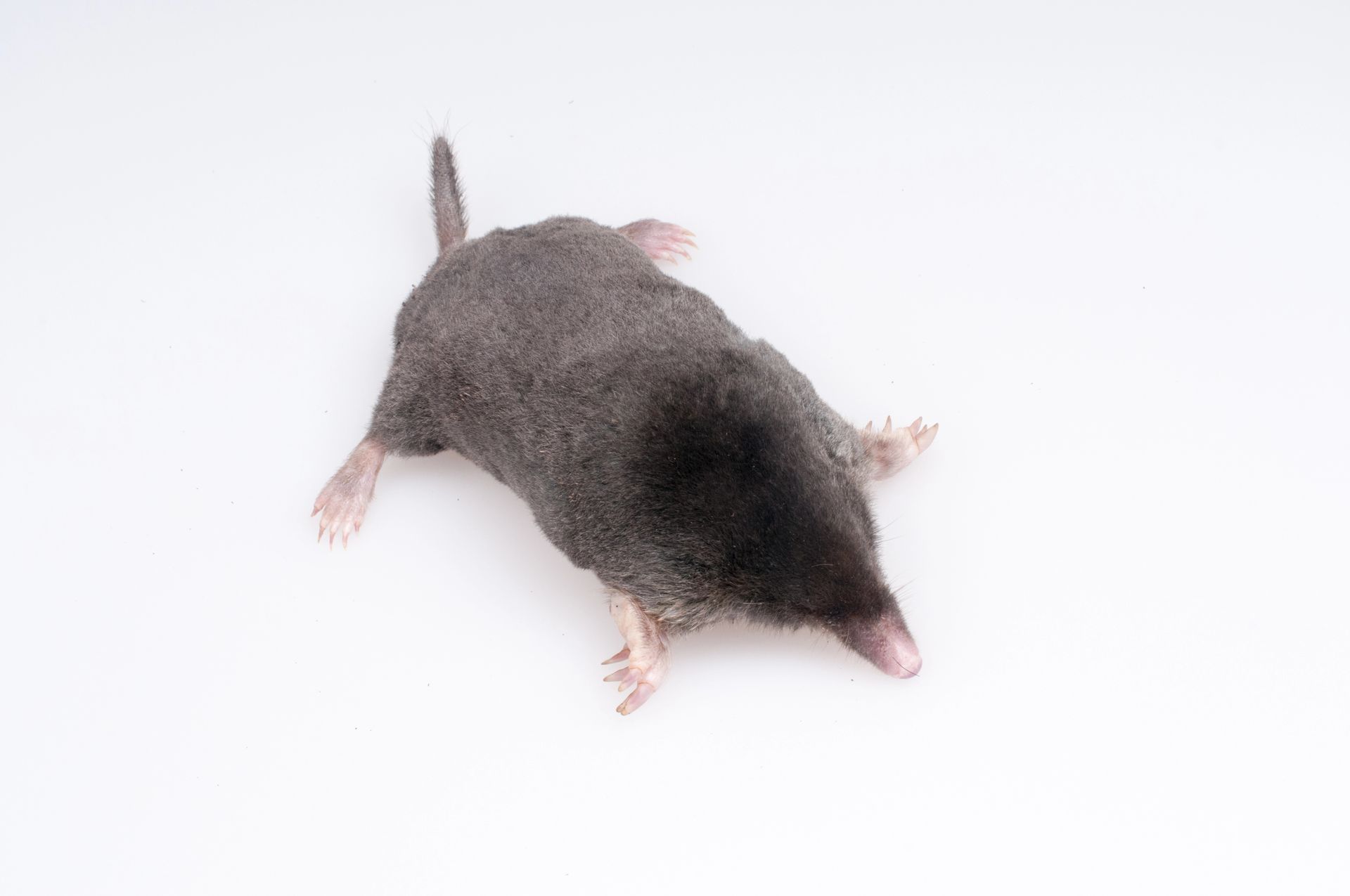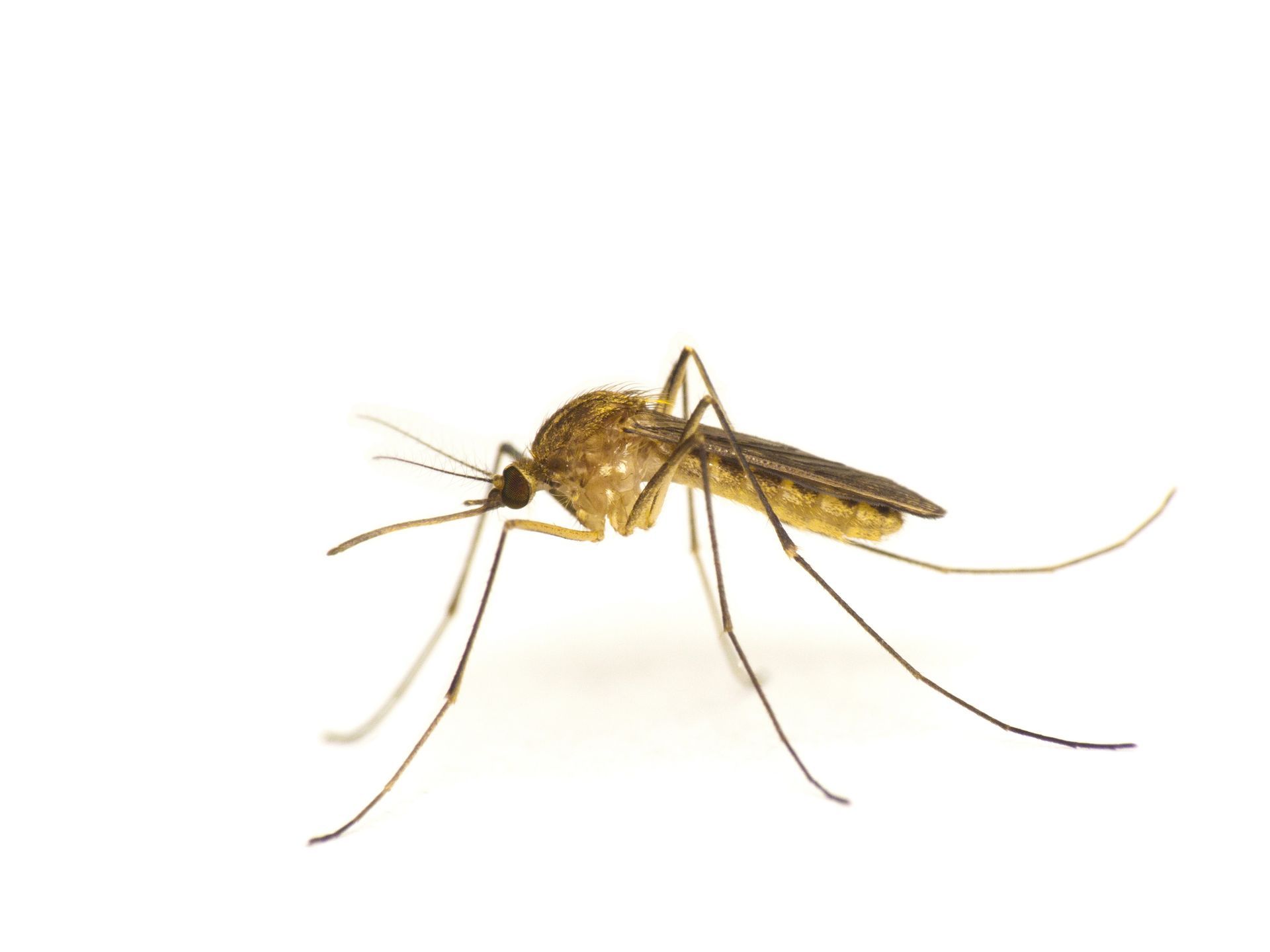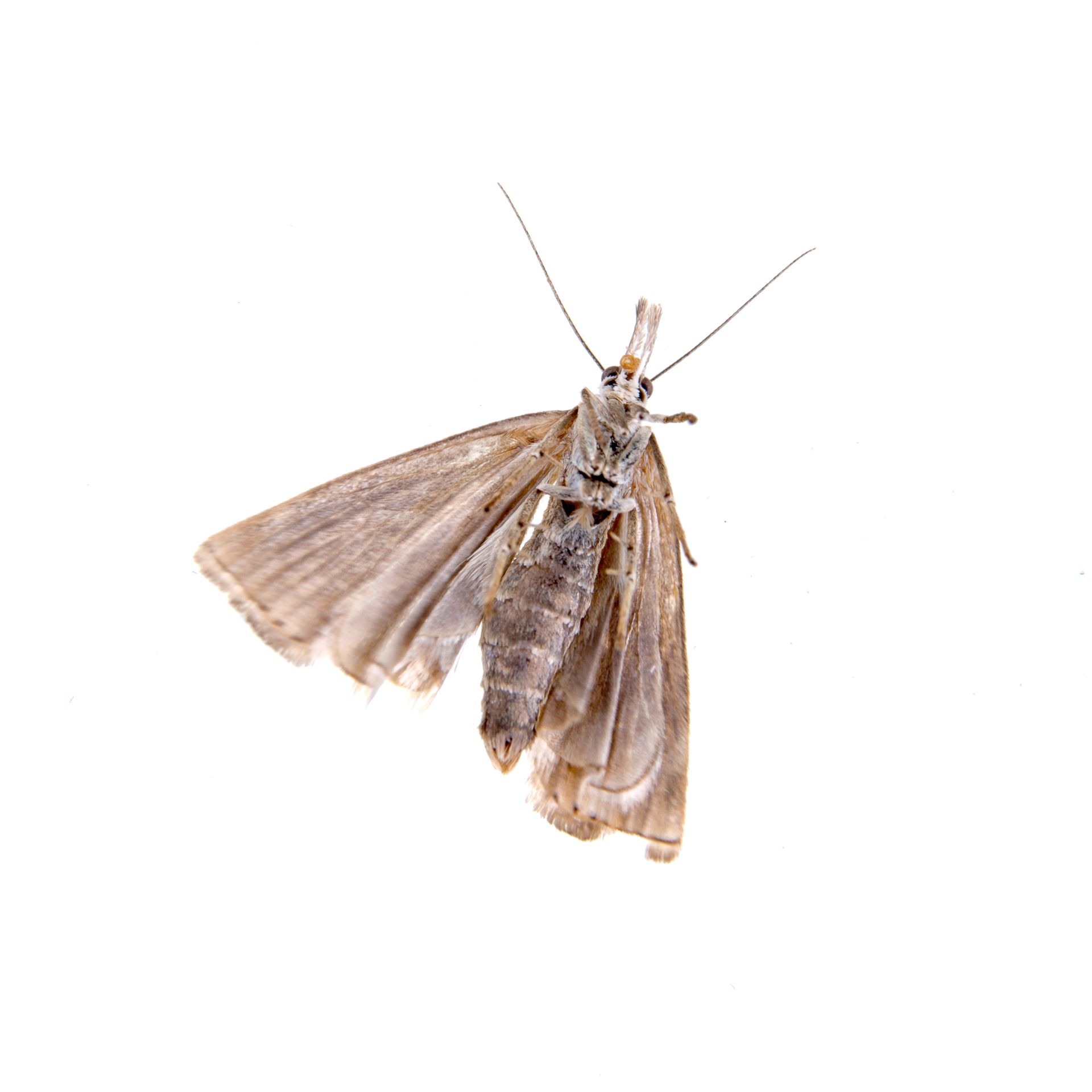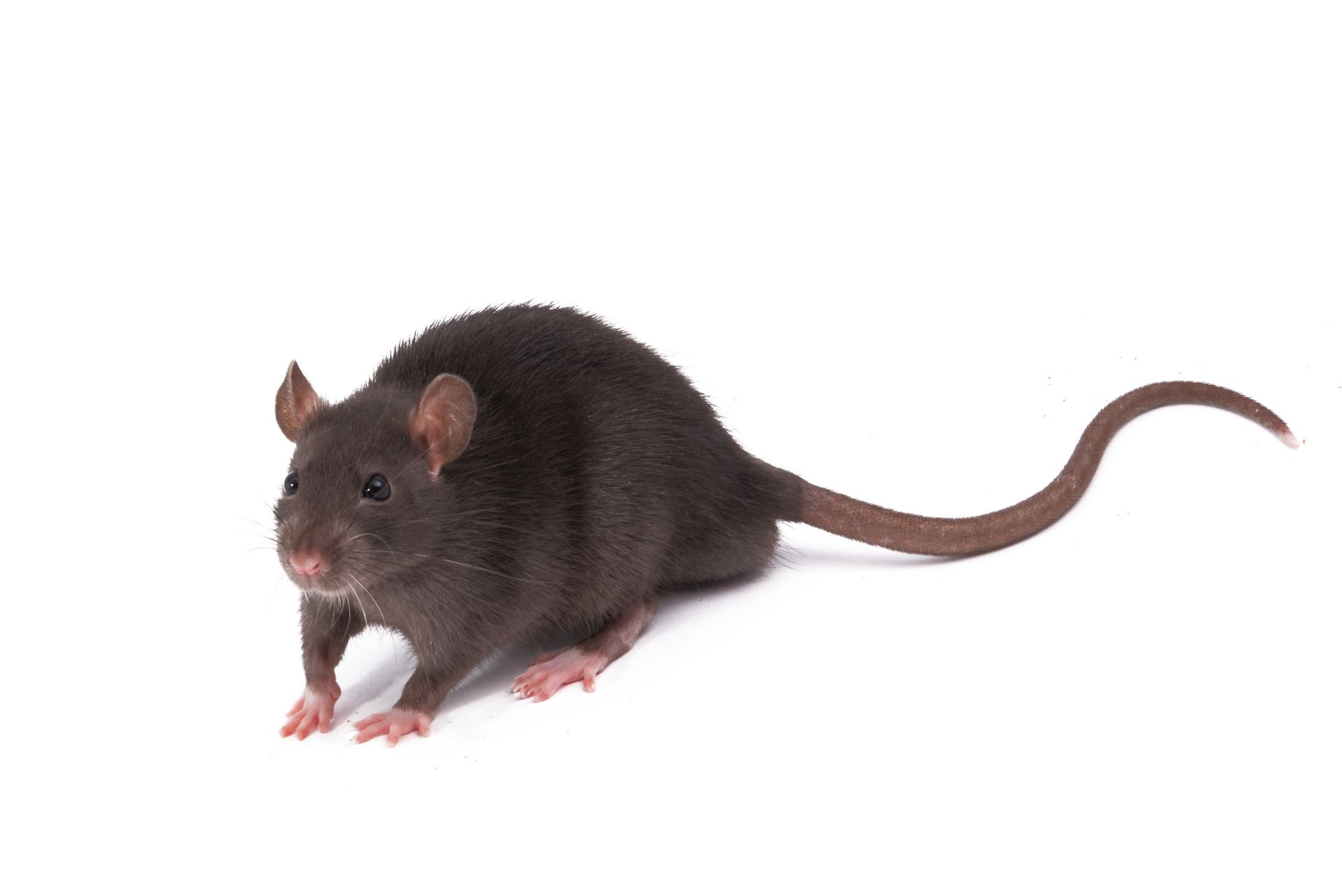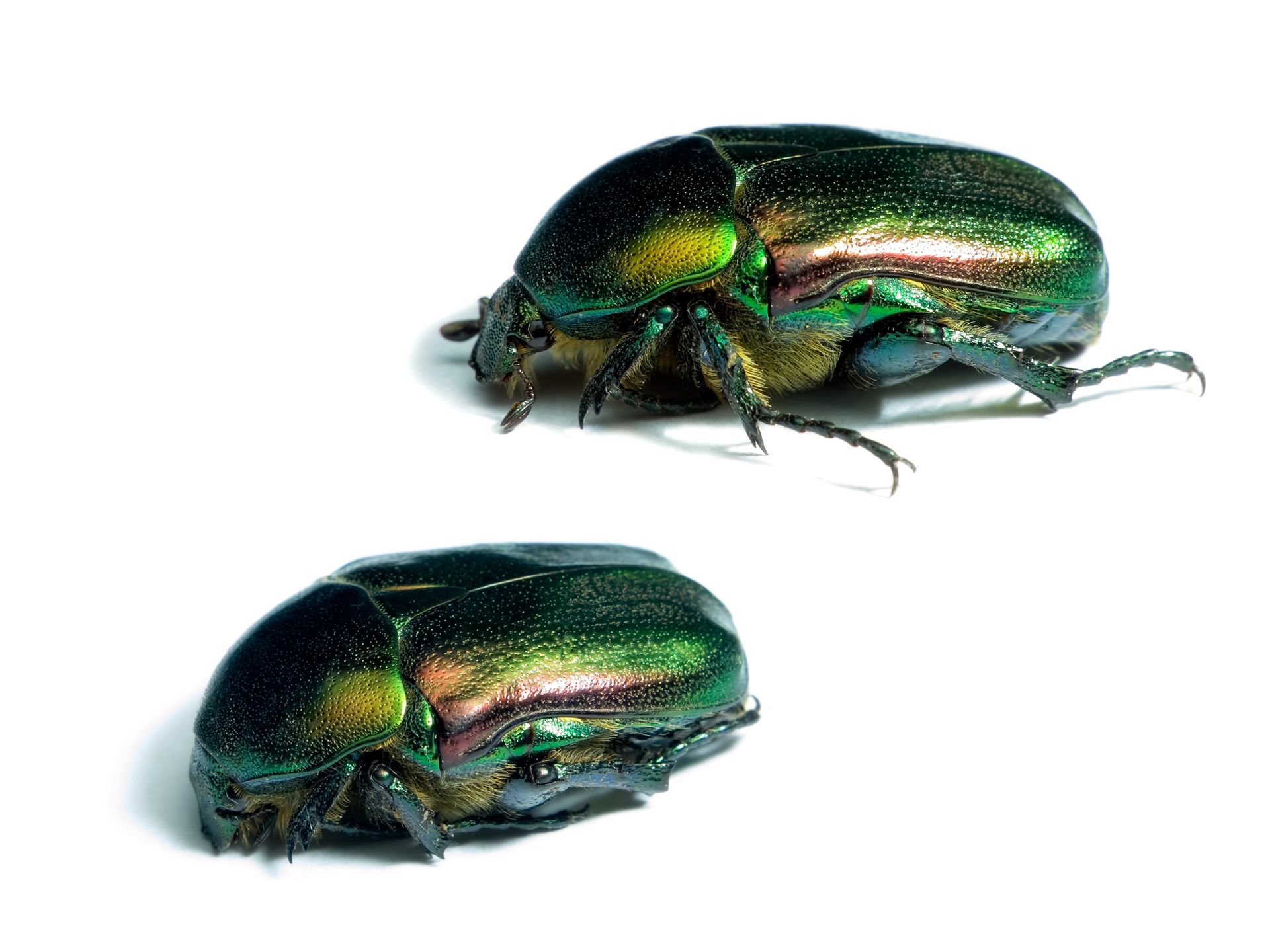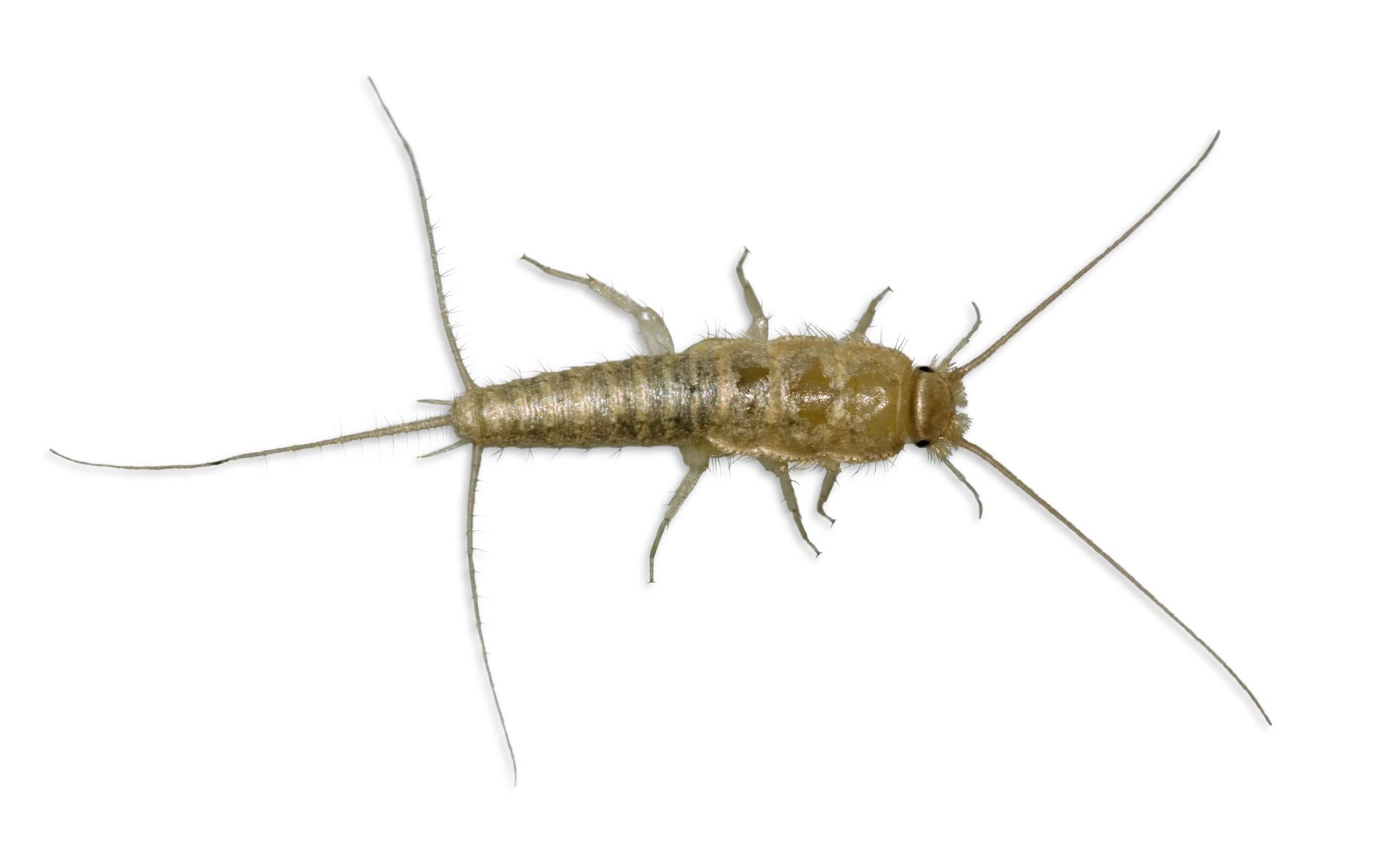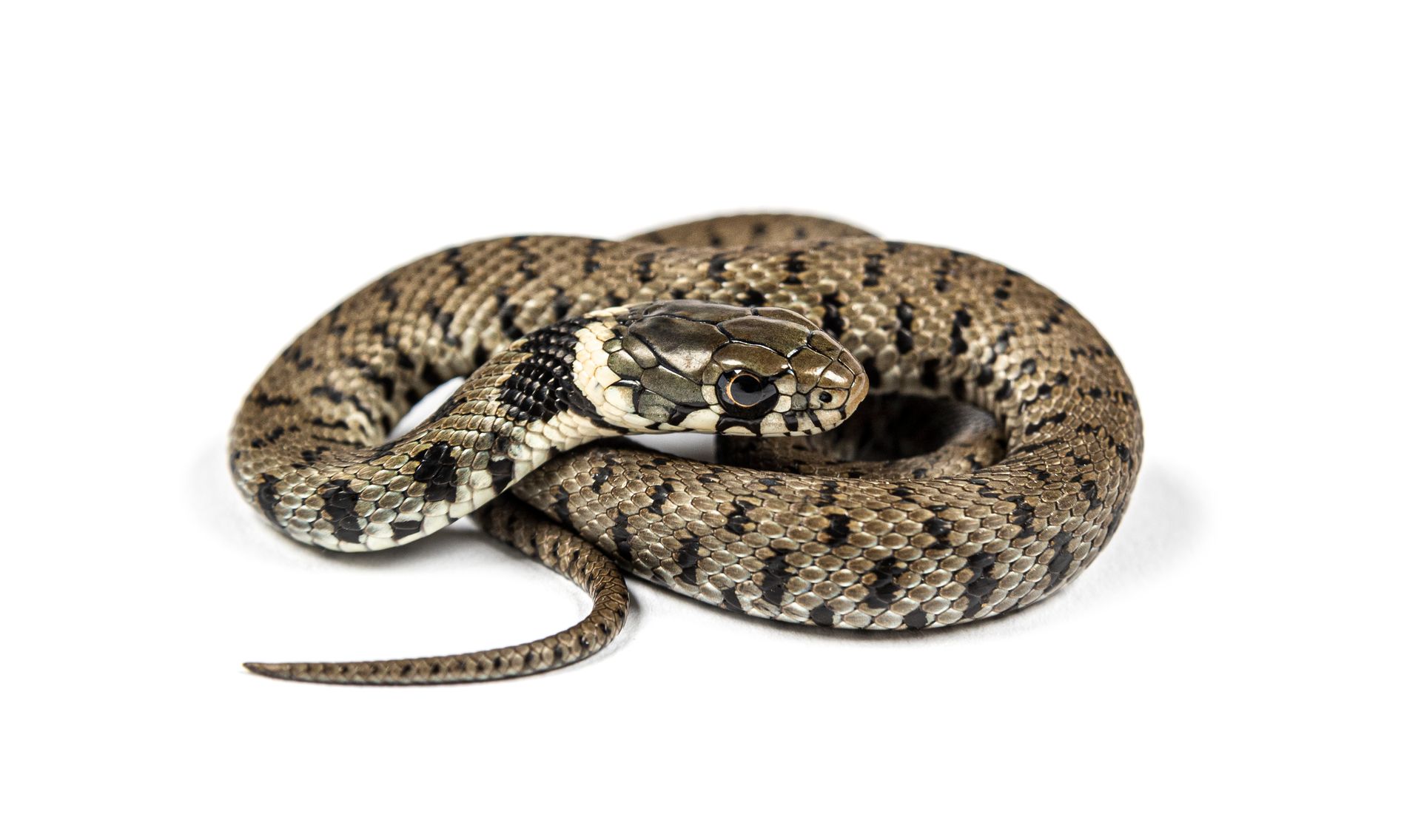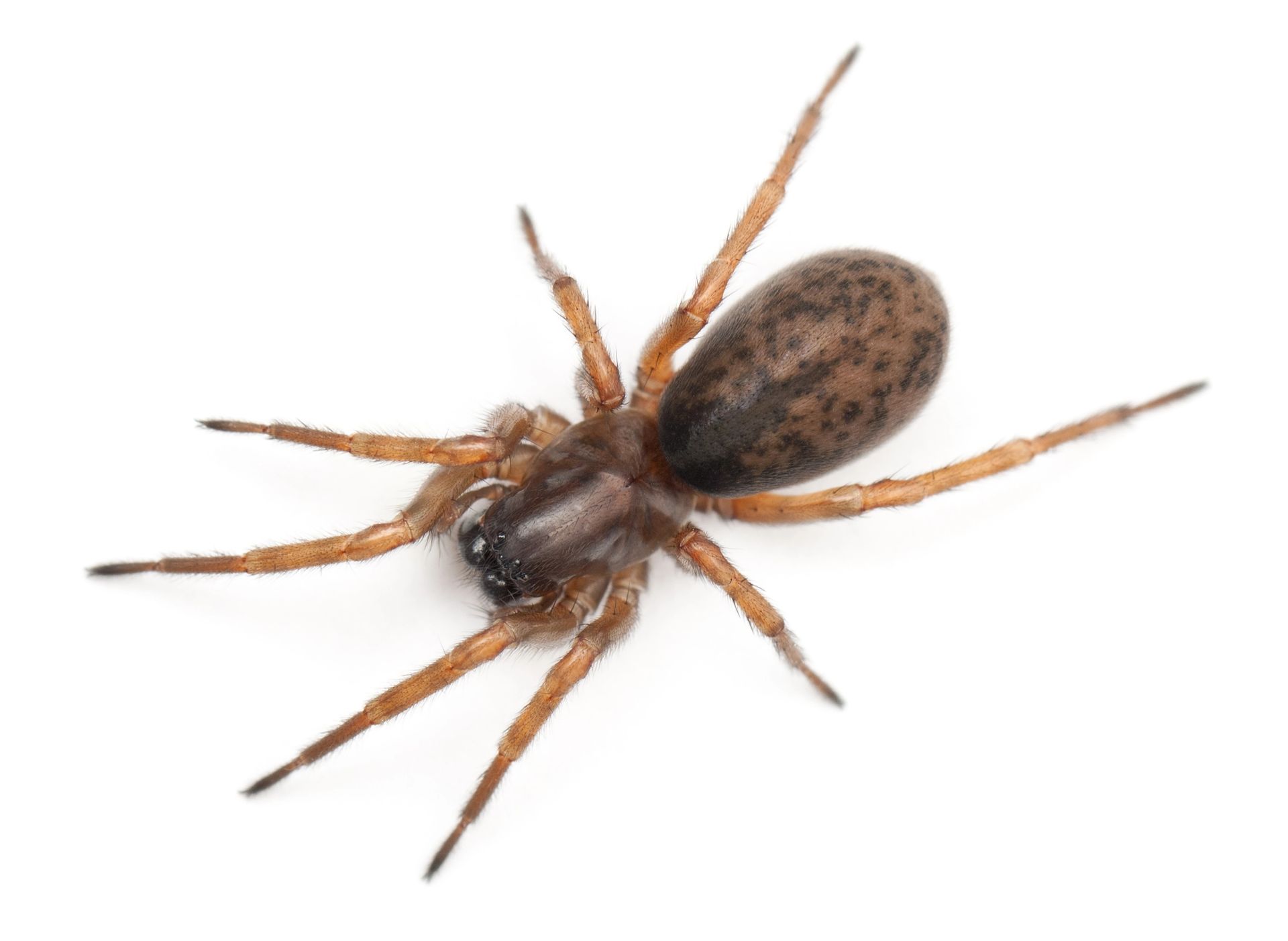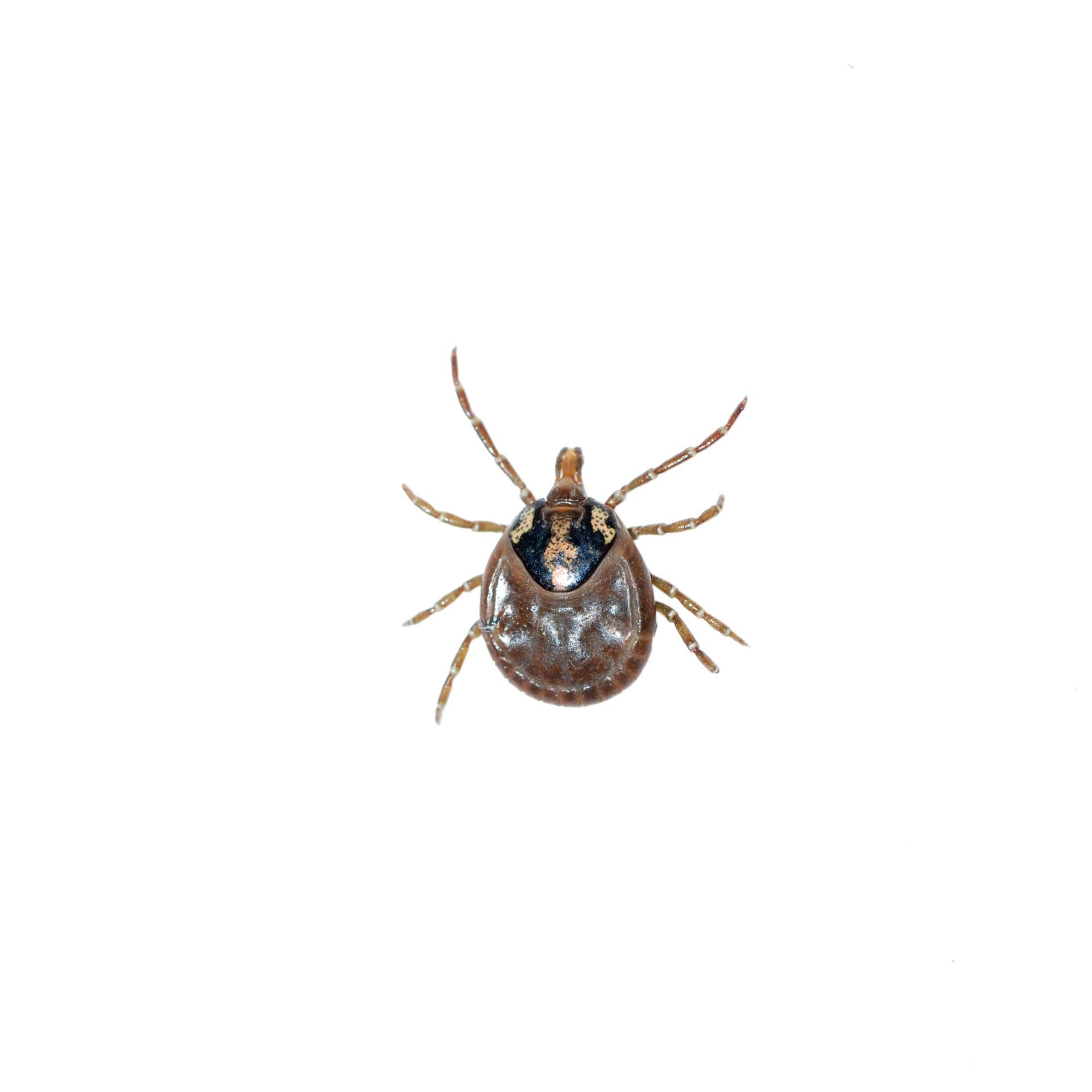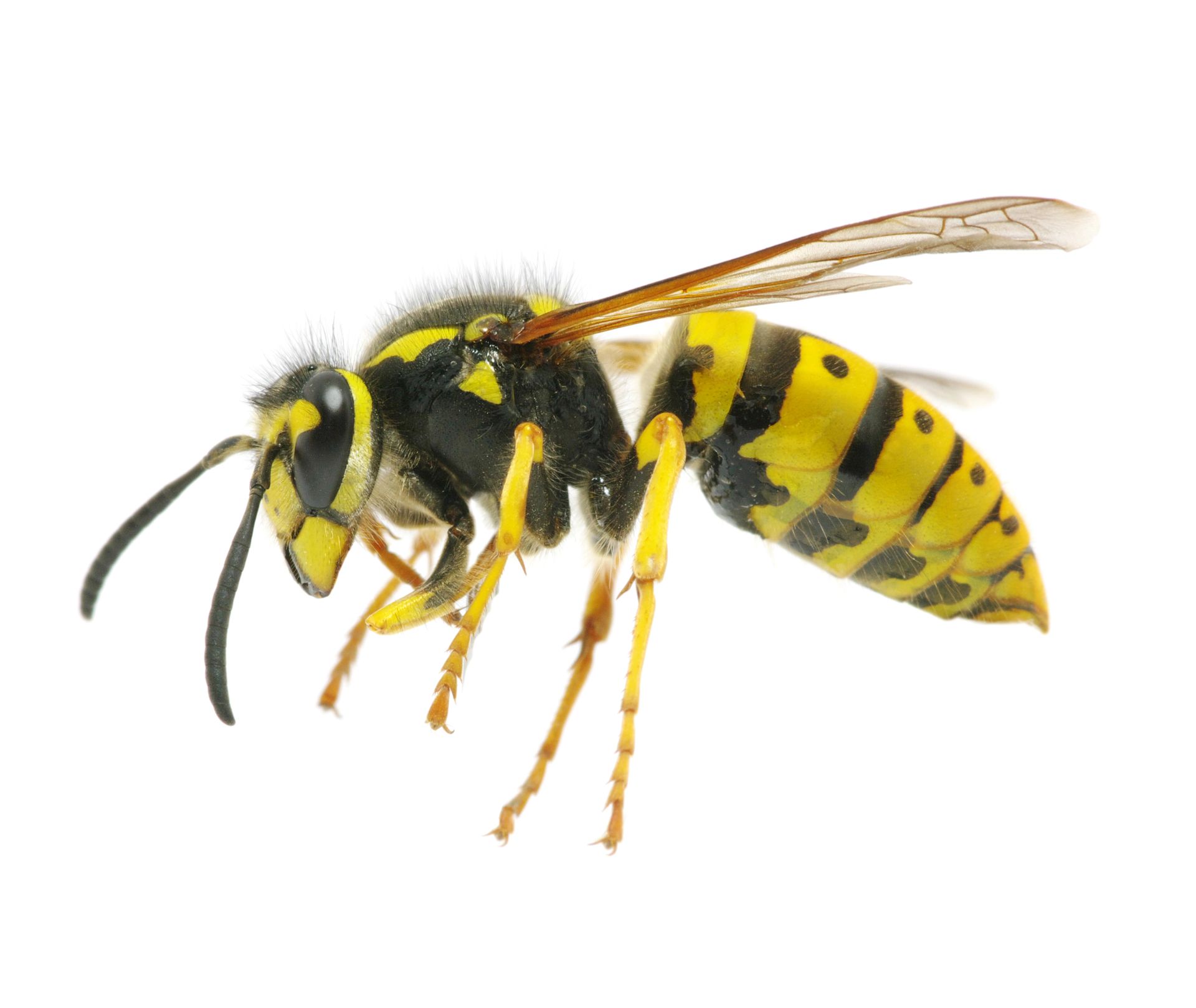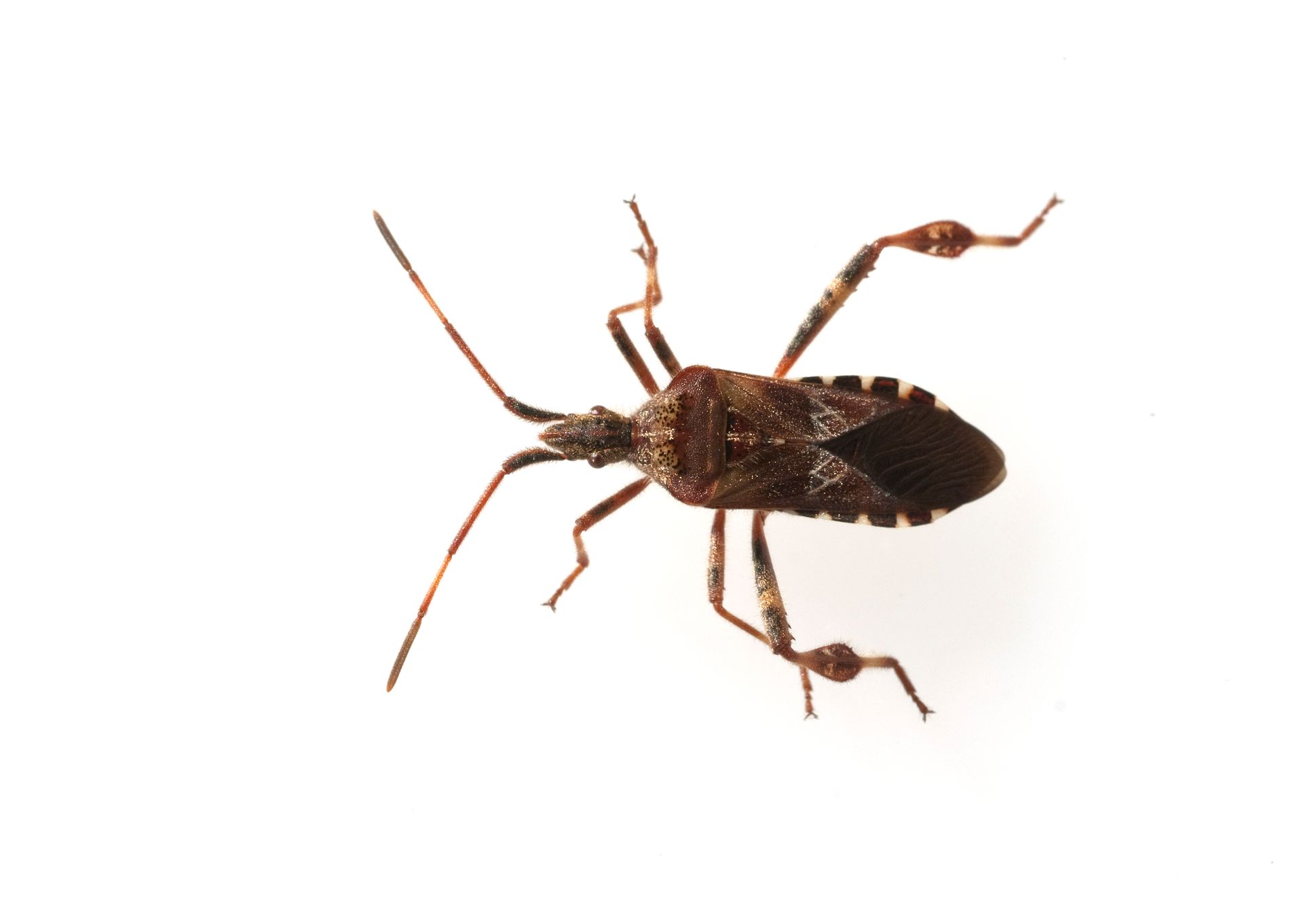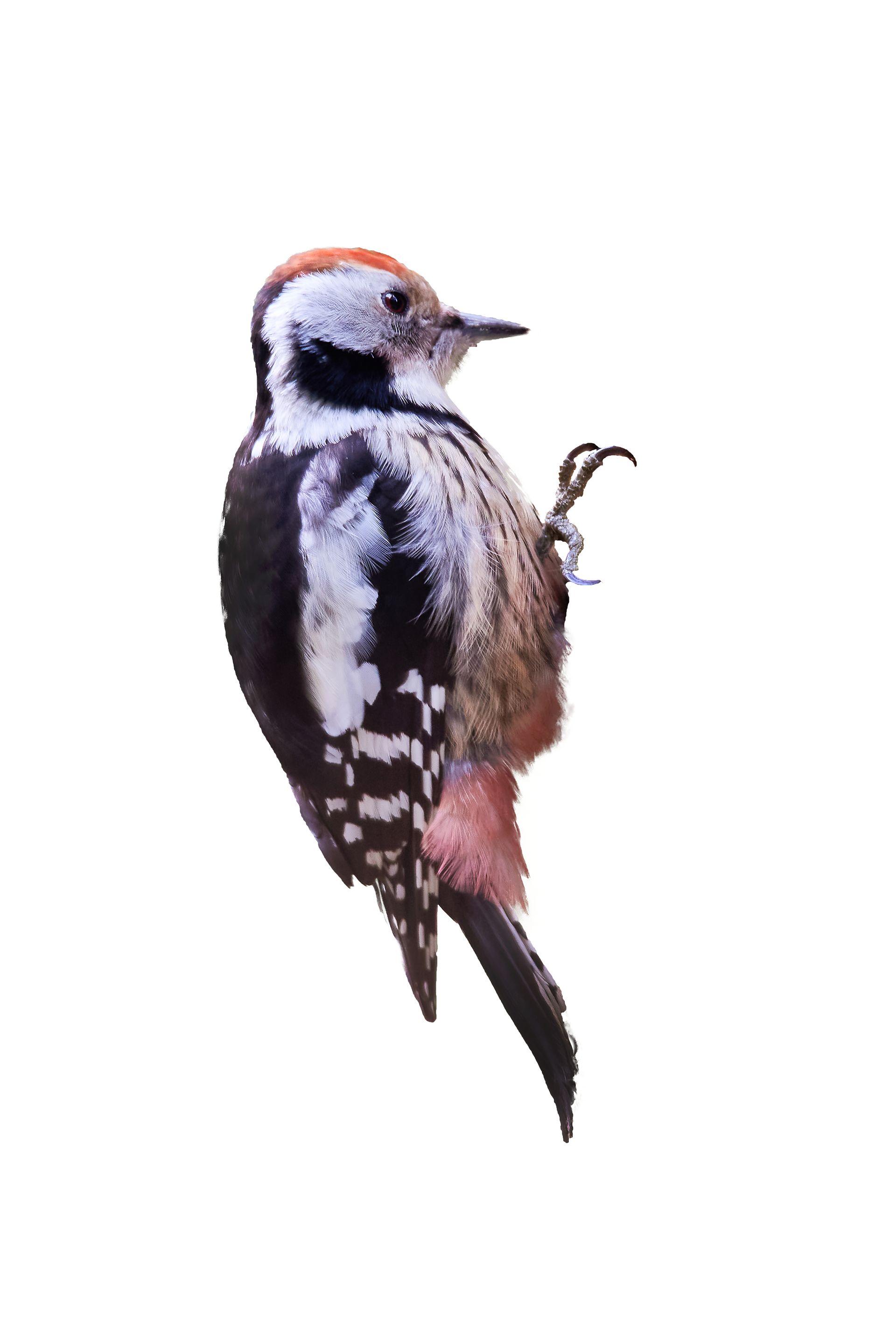Understanding Silverfish in Wisconsin
Silverfish are common pests in Wisconsin, known for their silvery-grey appearance and fish-like movements. While they do not pose direct health risks to humans, their presence in homes and buildings can be problematic due to the damage they cause to property. Understanding where silverfish are typically found, what attracts them to indoor environments, and why they are unsuitable for homes and buildings is essential for effective management and prevention.
Characteristics and Habitats of Silverfish
Silverfish are small, wingless insects that can grow up to 1 inch long. They have elongated, flattened bodies covered with shiny, silver-grey scales and move in a distinctive, fish-like manner. Silverfish are nocturnal and prefer dark, damp environments.
Silverfish are typically found in:
Indoors:
Bathrooms and Kitchens: Silverfish are commonly found in bathrooms and kitchens due to the high humidity and presence of water sources.
Basements and Crawl Spaces: These areas provide the cool, damp conditions that silverfish prefer.
Attics and Wall Voids: Silverfish can also be found in attics, wall voids, and other undisturbed areas where they can find food sources.
Storage Areas: Silverfish are attracted to storage areas with paper, cardboard, and fabric items, such as closets, bookcases, and storage boxes.
Outdoors:
Rarely Found Outdoors: Silverfish are primarily indoor pests and are rarely found outdoors in Wisconsin, as they prefer controlled indoor environments with consistent moisture levels.
Attractions in Homes and Buildings
Silverfish are attracted to homes and buildings for several reasons:
Moisture: Silverfish thrive in high-humidity environments, making bathrooms, kitchens, basements, and crawl spaces particularly attractive to them.
Food Sources: Silverfish feed on a variety of starchy materials, including paper, glue, fabric, and cereals. Homes with accessible food sources, such as books, wallpaper, clothing, and stored food, are attractive to silverfish.
Shelter: Silverfish seek out dark, undisturbed places to hide and reproduce, making wall voids, attics, and storage areas ideal habitats.
Why Silverfish Are Not Suitable for Homes and Buildings
While silverfish are not directly harmful to humans, their presence indoors is undesirable for several reasons:
Property Damage:
Damage to Paper Products: Silverfish feed on paper products, including books, wallpaper, documents, and cardboard boxes, causing unsightly damage and loss of important items.
Damage to Fabrics: Silverfish can chew on natural fibers found in clothing, upholstery, and linens, leading to holes and weakened materials.
Contamination:
Food Contamination: Silverfish can contaminate stored food products, particularly cereals, flour, and other starchy items, making them unsafe for consumption.
Unhygienic Conditions: The presence of silverfish and their droppings can create unsanitary conditions in homes and buildings.
Nuisance:
Unpleasant Sightings: Silverfish are often seen scurrying in dark areas, which can be unsettling for residents.
Infestations: Silverfish can reproduce quickly, leading to large infestations if not promptly addressed.
Prevention and Control
To prevent and control silverfish infestations in homes and buildings, consider the following strategies:
Reduce Moisture:
Fix Leaks: Repair any leaky faucets, pipes, and appliances to eliminate water sources.
Use Dehumidifiers: Use dehumidifiers in damp areas such as basements and bathrooms to reduce humidity levels.
Proper Ventilation: Ensure proper ventilation in bathrooms, kitchens, and other high-humidity areas.
Maintain Cleanliness:
Regular Cleaning: Clean and vacuum regularly to remove food particles, dust, and other potential food sources for silverfish.
Proper Food Storage: Store food in airtight containers to prevent silverfish from accessing it.
Eliminate Hiding Places:
Declutter: Reduce clutter in storage areas, basements, and attics to minimize hiding places for silverfish.
Seal Cracks and Gaps: Seal any cracks and gaps around windows, doors, and foundations to prevent silverfish from entering.
Use Traps and Repellents:
Silverfish Traps: Set silverfish traps in areas where silverfish activity is suspected, such as along baseboards and in cabinets.
Natural Repellents: Use natural repellents, such as diatomaceous earth, to deter silverfish from infesting your home.
Professional Pest Control:
Inspection and Treatment: For severe infestations, contact a professional pest control service like BugBoss The X-Terminator for comprehensive silverfish management. Professionals can identify nesting sites and apply targeted treatments.
Ongoing Prevention: Regular follow-up treatments and inspections help ensure that silverfish do not return.
Understanding the habits and risks associated with silverfish in Wisconsin is crucial for keeping your home or building free from these pests. If you suspect a silverfish problem, taking swift action can prevent further issues and ensure a comfortable living environment. Trust BugBoss The X-Terminator to provide expert advice and effective silverfish control solutions tailored to your needs.
Local Pests & Wildlife in Wisconsin



